Analysis of HRM and Change Management Strategies for M&S
VerifiedAdded on 2023/06/09
|11
|806
|92
Report
AI Summary
This report delves into the critical intersection of Human Resource Management (HRM) and organizational change. It begins by defining change management and its significance, particularly within a corporate context, using Marks and Spencer (M&S) as a case study. The report explores various change management theories and models, with a specific focus on Lewin's Change Management Model (Unfreeze-Change-Refreeze) and the Nudge Theory. It then examines the pivotal role of HR in organizational design and managing change, emphasizing the importance of HR in implementing changes, rethinking organizational structures, and ensuring that changes are executed respectfully. The report further evaluates different types of organizational changes, such as transformational change, and discusses the often-complex relationship between organizational design and change management. The conclusion summarizes key findings and provides recommendations for HR professionals, including the importance of understanding employee behavior and communicating the reasons behind changes effectively, along with providing relevant training to ensure the success of organizational goals. The report references several academic sources that support the analysis.
1 out of 11
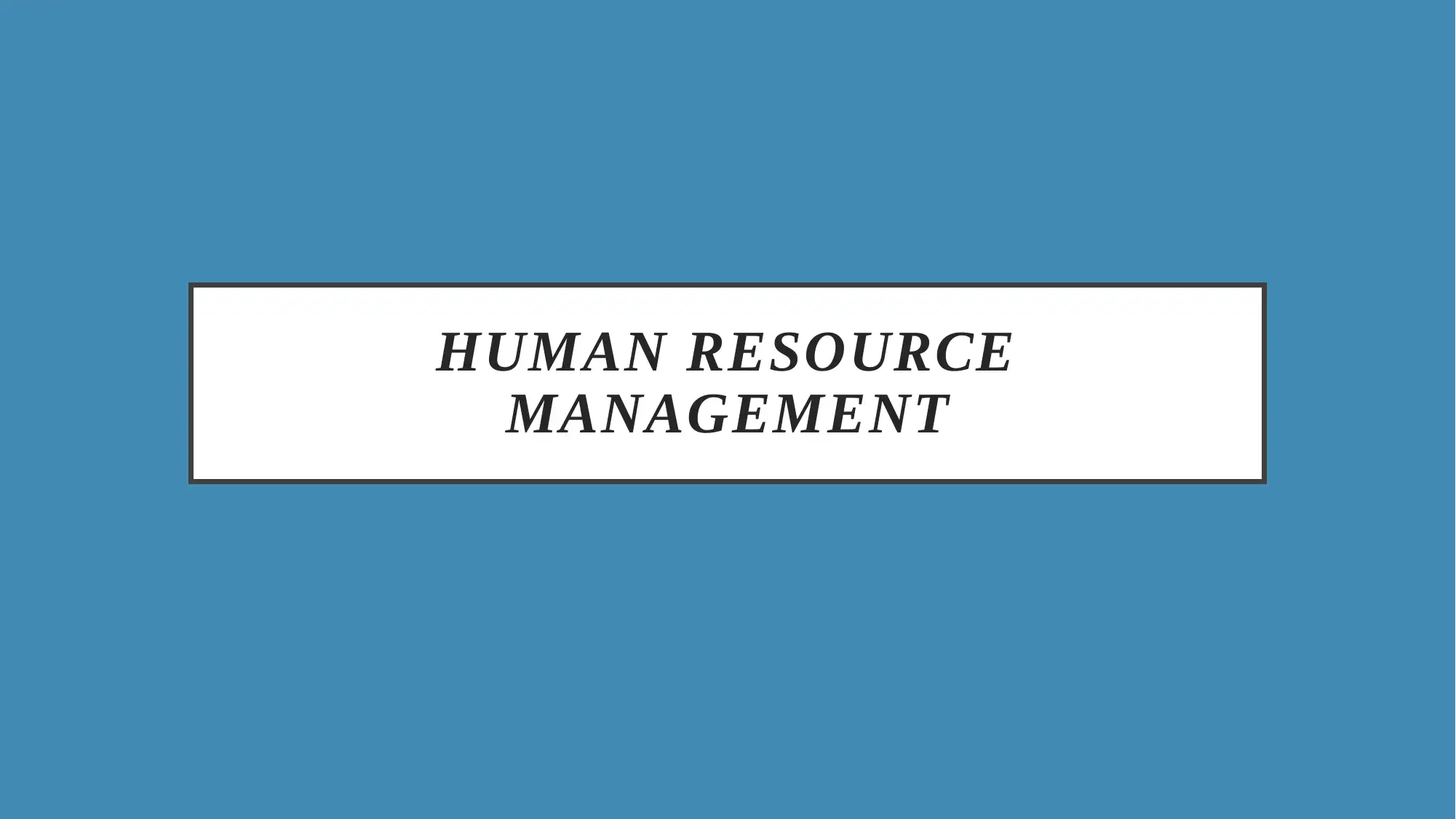




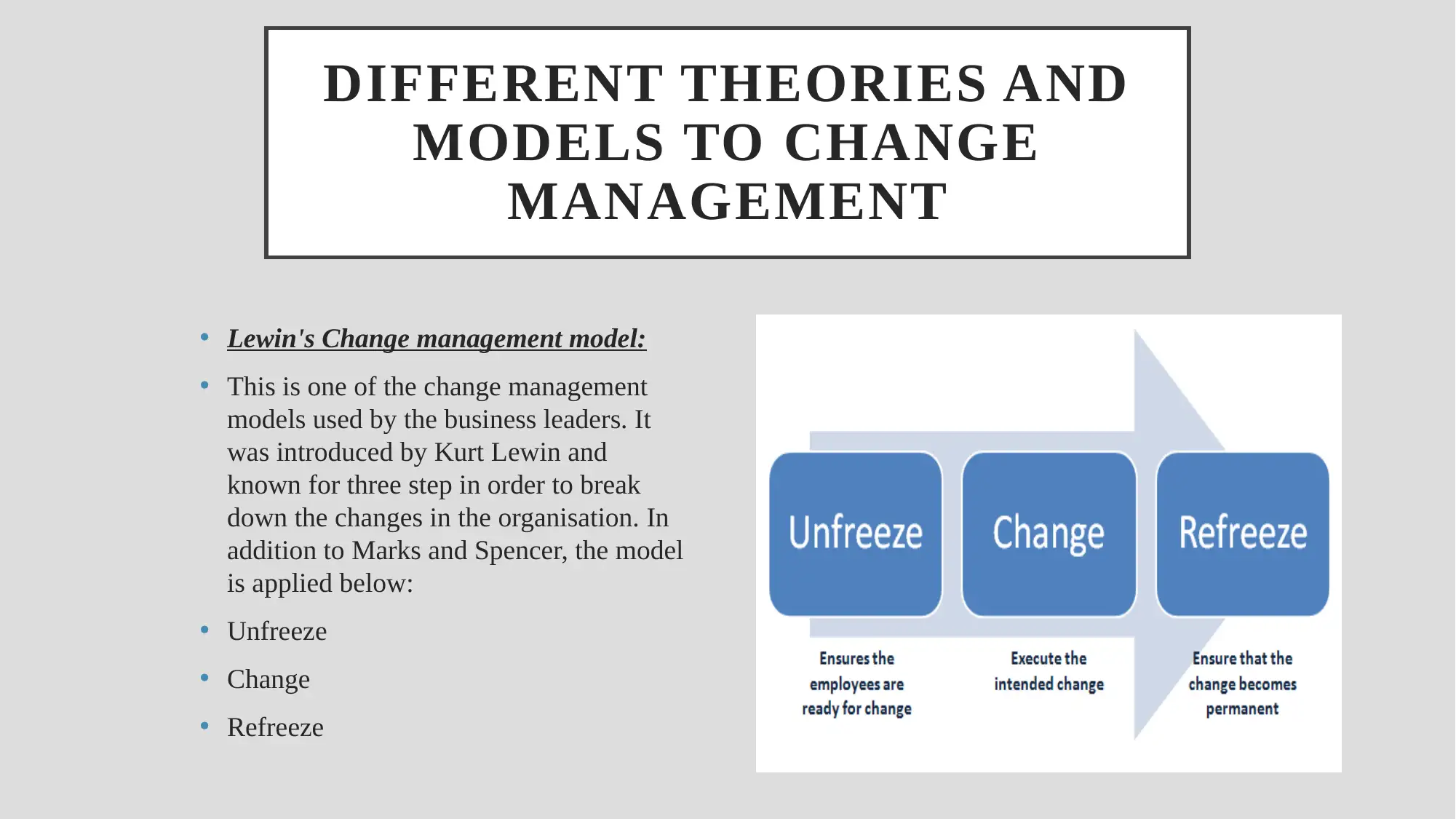

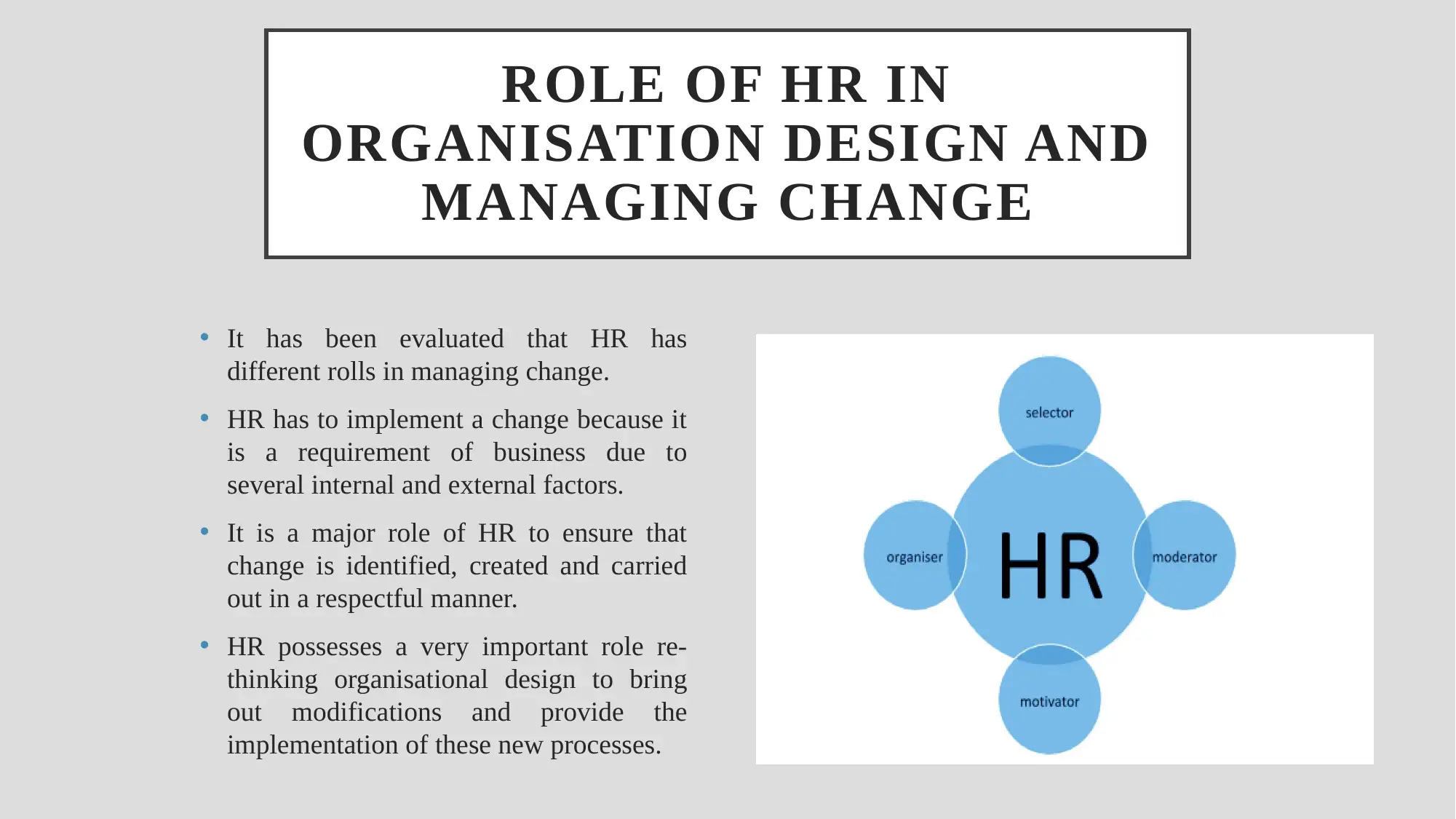
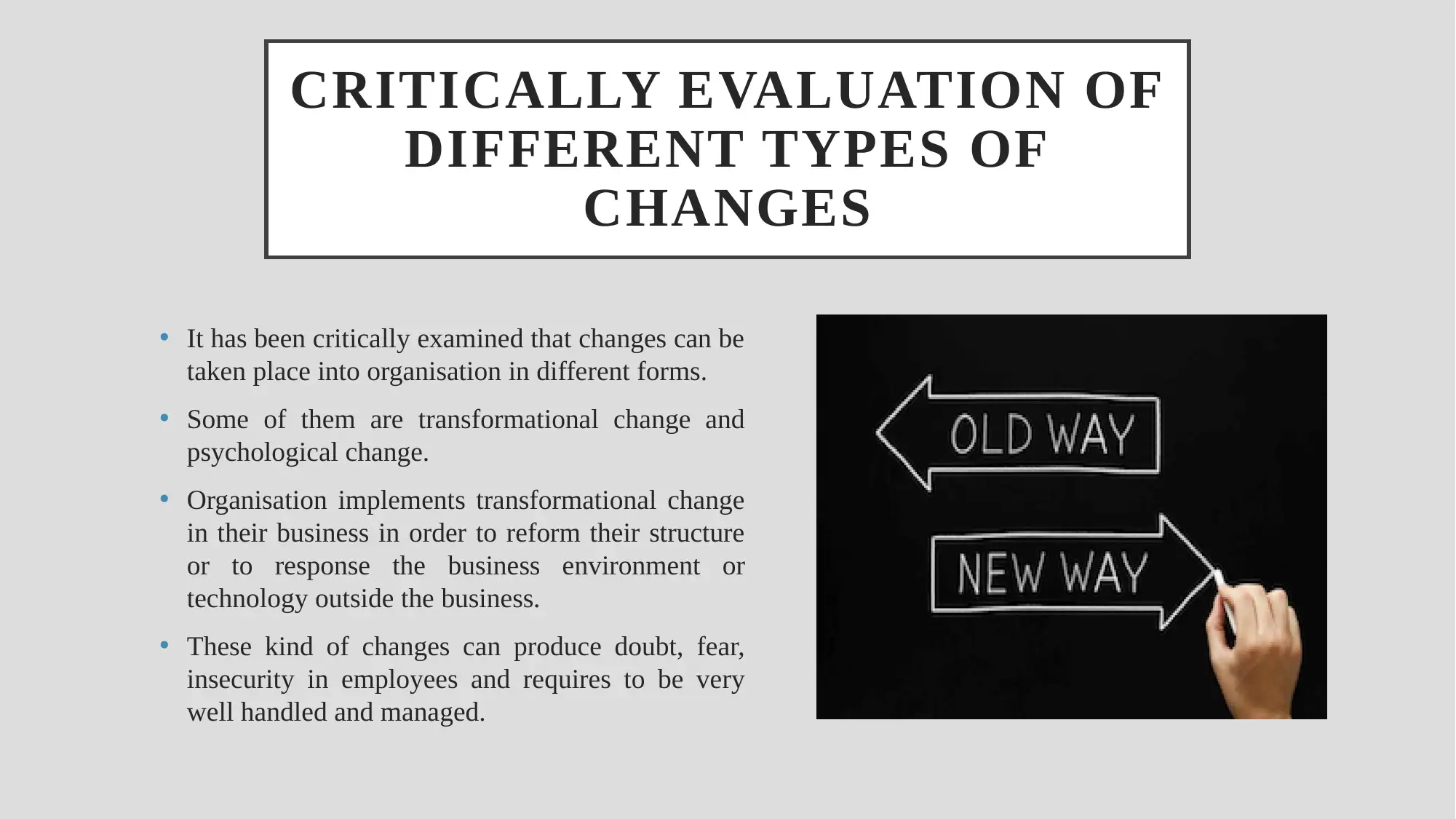
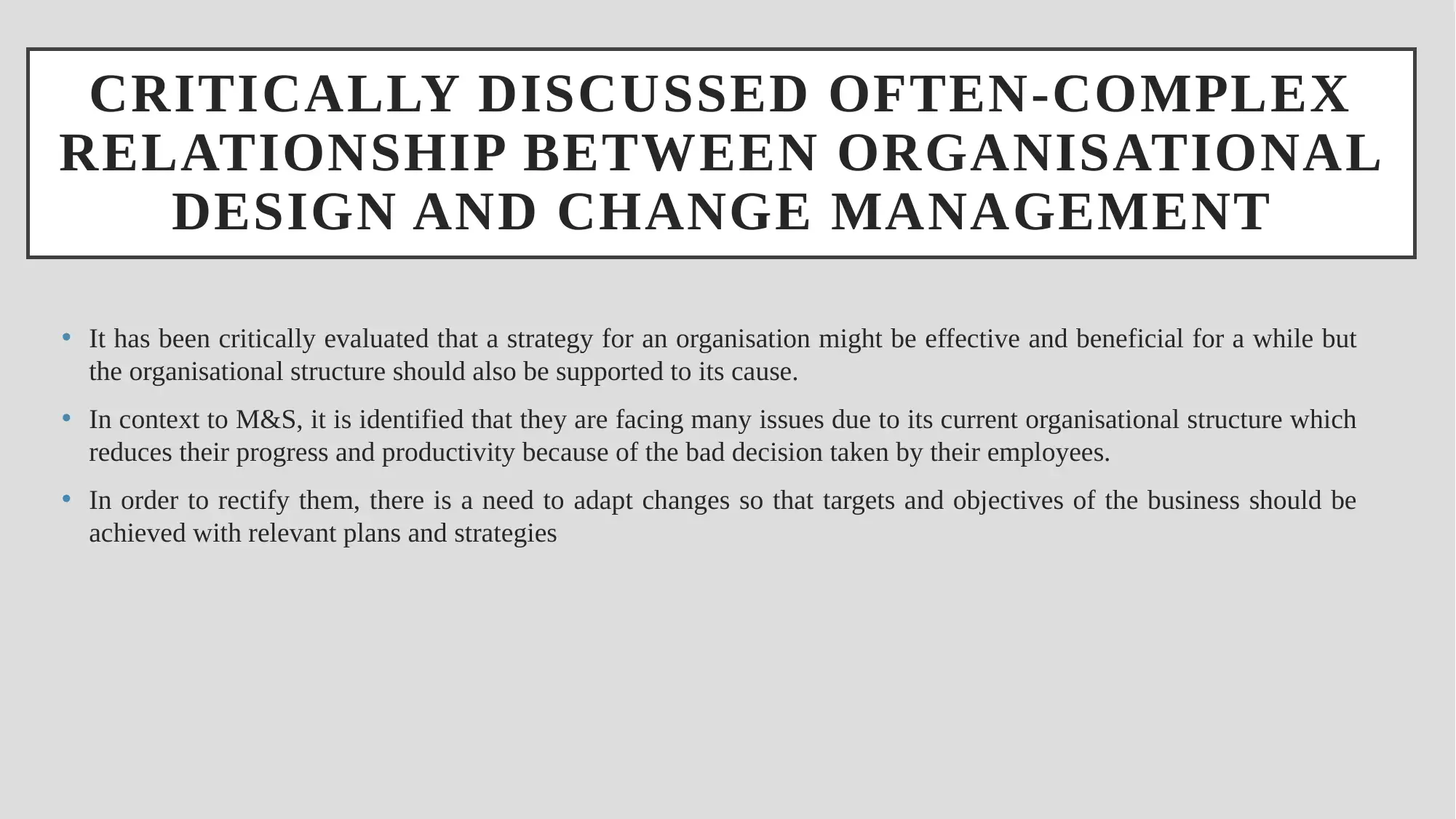
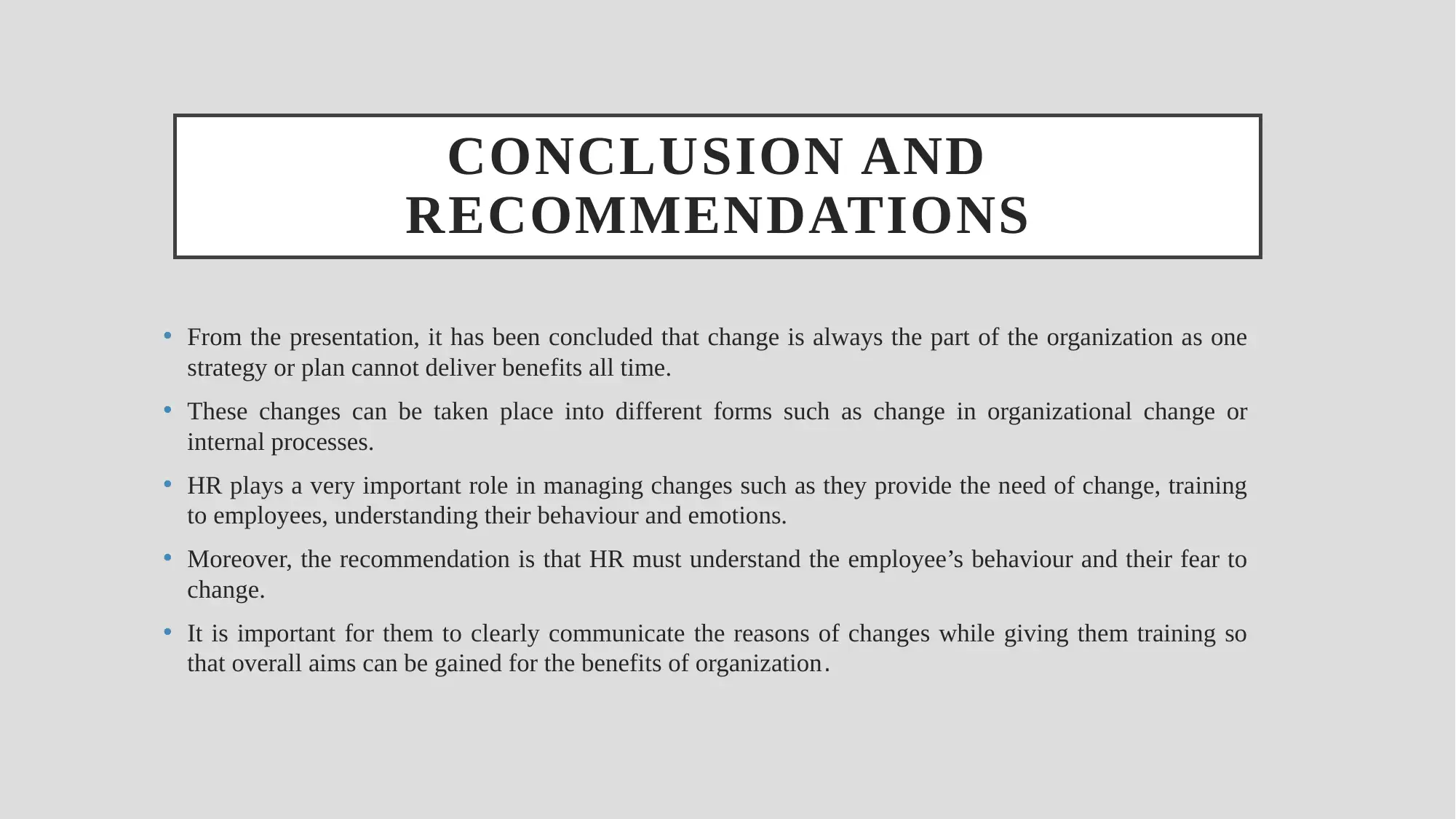
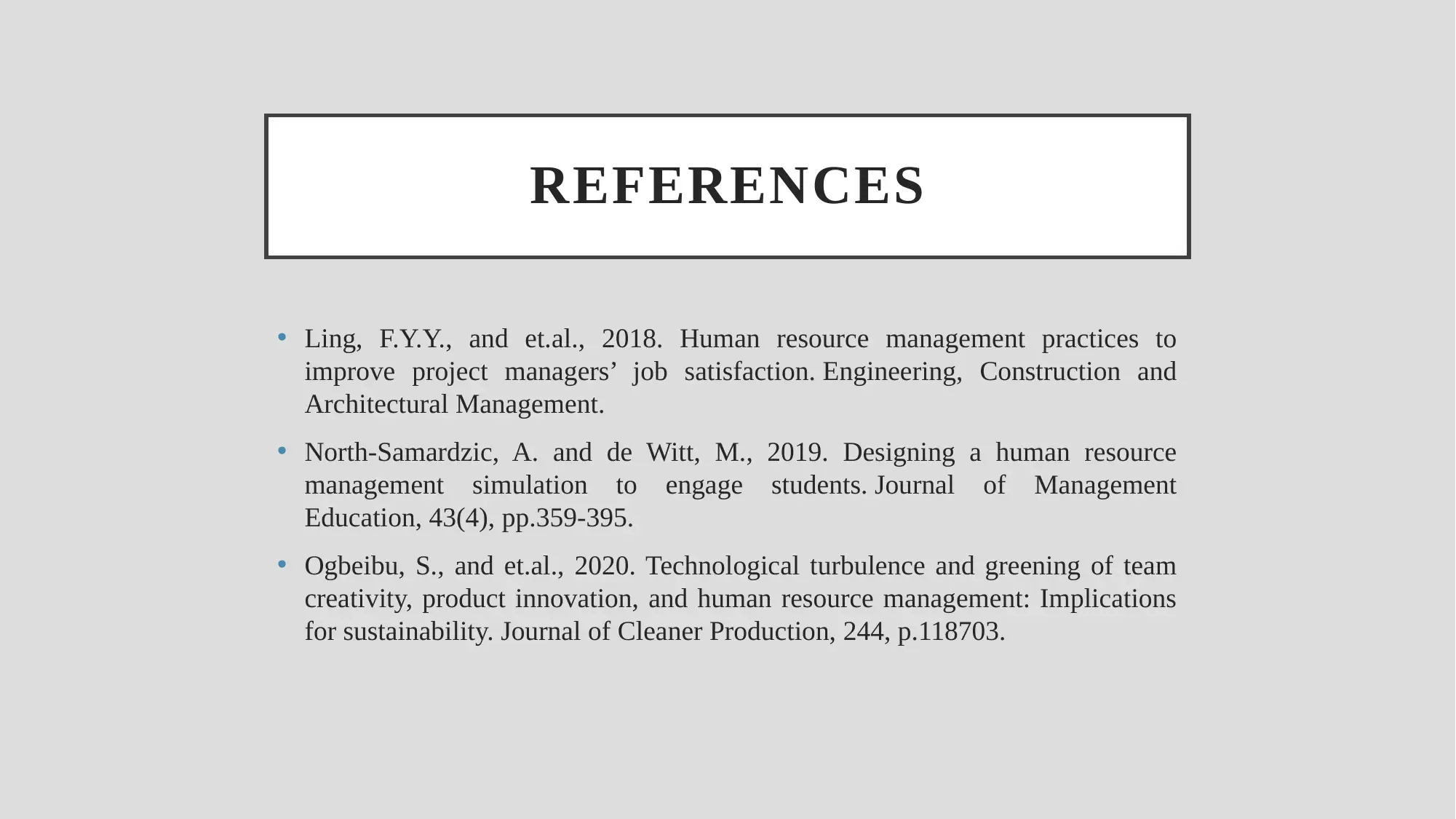





![[object Object]](/_next/static/media/star-bottom.7253800d.svg)